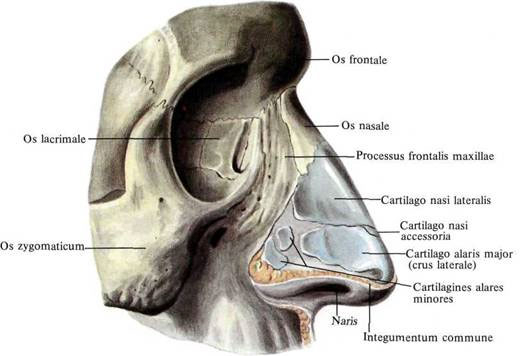Classic plastic surgery on the nose or ear requires the use of a scalpel, suturing, which is accompanied by a fairly long recovery period. However, today there are many minimally invasive solutions.
One of them was a new development of American scientists, which was called «molecular surgery». To carry out such a procedure, an electric current and the desired 3-D shape are needed. In just a few minutes, without incisions or stitches, the patient gets the shape of the nose or ear that he has long dreamed of.
Sounds like science fiction? Read more about how the "molecular" rhinoplasty, read on estet-portal.com in this article.
- Non-invasive rhinoplasty: what is it
- How does the "molecular" rhinoplasty
- First evidence of method effectiveness
Non-invasive rhinoplasty: what is it
A team of American scientists has devoted a lot of time to developing a non-invasive technique for reshaping cartilage. Such a method would be an invaluable find for both aesthetic medicine specialists and otorhinolaryngologists. Changing the cartilage would make it possible to change the shape of the nose, and solve problems with a deviated nasal septum.

An alternative technique already exists that uses an infrared laser to heat the cartilage, making it flexible enough to reshape. But the problem is that this technique is expensive, and besides, it is difficult to heat the cartilage enough to make it pliable without damaging the surrounding tissue.
The American team began experimenting with running current through the cartilage to heat it up. The method actually allowed them to change the shape of the cloth, oddly enough, without heating it.
Modern rhinoplasty – operation at the intersection of art and science
Thus, in the future, this method can completely replace surgical and injection rhinoplasty. How does "molecular" rhinoplasty
The structure of cartilage is quite complex — it consists of collagen fibers that interconnect biopolymers that have a negative charge. A denser cartilage has a higher density of charged particles, and a more elastic — smaller.
Read the latest articles in
Telegram! When the current passes through the cartilage tissue, it causes the water in the tissues to decompose into oxygen and hydrogen, the positive charge of which neutralizes the negative charge of the biopolymers. As a result, the density of charged particles decreases and, as a result, the density of cartilage, which becomes plastic.
Once the cartilage tissue becomes flexible after being exposed to current, it can be shaped into any shape. Therefore, with the help of a 3-D printer, doctors will be able to create exactly the shape of the nose or ear that the patient wants.
First evidence of effectiveness of the technique A team of scientists tested the method of "molecular surgery" on a rabbit, whose ears usually stand upright. They used a clip to keep one ear bent. If they then removed the clip without applying current, the rabbit's ear would return to its original vertical position, like a human ear or nose. But, during the supply of current, there was a softening of the cartilage, and it took the established form. Turning off the current allowed the cartilage to harden into its new shape, after which the retainer was removed, leaving the rabbit's ear still bent.
Scientists have conducted the first experiments that show that cartilage softens under the influence of electric current.
To achieve this result using traditional methods, the surgeon will have to cut the skin and cartilage, and then fix the pieces of cartilage. This can lead to the formation of scar tissue, which then has to be removed. Without mechanical damage to the cartilage, thanks to the method of molecular surgery, it is possible to avoid the formation of scars.
Rhinoplasty: Changing Fates
More interesting videos on our YouTube
-channel!







Add a comment